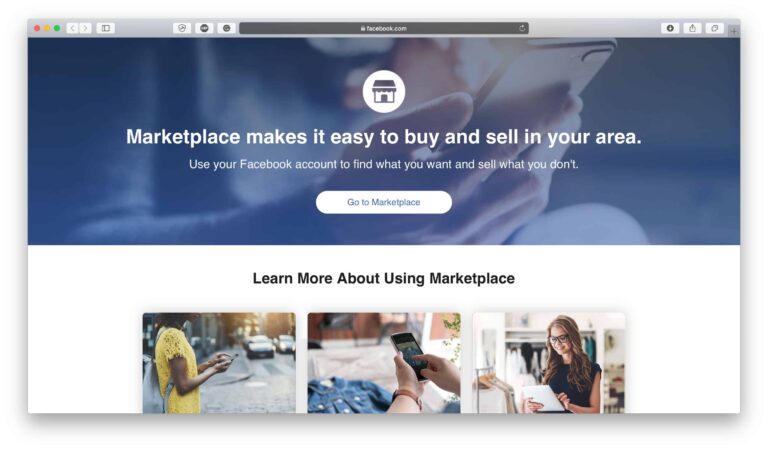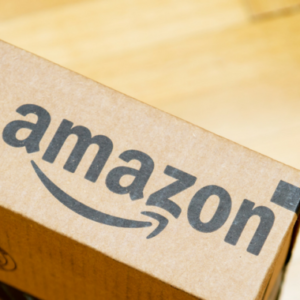Commerce Experience Management is a strategy for brands to create digital-first, omnichannel shopping experiences at the scale, pace, and precision needed to win on the digital shelf.
Commerce Experience Management Is the Best Strategy for Winning on the Digital Shelf
For established brands with traditional selling models, running an ecommerce project or an online experiment is no longer enough — ecommerce isn’t just another channel anymore. Ecommerce is the core driver of commerce across every channel, both online and off. And to win today requires ensuring you’re gathering the right people, process, and technology to underpin that effort.
Adopting a Commerce Experience Management strategy means selling to shoppers wherever they are, whenever they choose to shop, and with the right experience for that moment. Increasingly, those moments occur either entirely on, or are deeply influenced by, the digital shelf.
The digital shelf is the reality of an increasingly online world. 81% percent of US adults own a smartphone, according to Pew Research Center. Even when shoppers come into a physical store, the majority consult their smartphone before making a purchase. And while the physical shelf may present them with a limited set of options, the digital shelf they are accessing on their devices is limitless — and extremely volatile.
Selling on the Digital Shelf Requires a New Selling Model
Selling on the digital shelf is different from the physical shelf because the landscape evolves much faster than traditional selling models.
Search Rank Is Digital Market Share
More product searches now begin on retail sites than anywhere else. Thus, retail search engine results pages (SERP) largely control the fate of products, and by extension, brands on the digital shelf. While it’s difficult enough to create quality content for one product, one product category, or even multiple categories, getting shoppers onto your product detail pages (PDP) to view that content can be another story entirely.
Competition for top spots in retail search results is incredibly fierce. While large brands traditionally may have held in-store placements for long stretches, the “digital planogram” can reset every hour and is contested between hundreds of products. For example, searching for a term such as “coffee” every hour on Amazon will yield a variety of constantly changing products ranked at the top of SERP.
Consider these stats from Search Engine Journal:
- 70% of Amazon customers never click past the first page of search results.
- 35% of Amazon shoppers click on the first product featured on a search page.
- The first three items displayed in search results account for 64% of clicks.
Maintain top search rank in SERP to have the best chance of gaining market share over competitors.
Retailer Requirements Are Shifting Constantly
As retailers vie for shoppers’ attention and dollars, they’re moving quickly to adapt their experiences to best compete with one another, meet compliance standards, and to test and optimize their strategies. As a result, brands must meet a constantly changing set of retailer requirements for what, how, where, and when product information is displayed.
For example, consider how these top three retailers changed their requirements in 2020:
- Target changed their requirements 180 times.
- Amazon changed their requirements 130 times.
- Walmart changed their requirements 35 times.
Being able to quickly and accurately modify your product information to meet these changing retailer requirements can help you avoid disruption to your PDPs and lost sales.
New Trends and Channels Challenge the Status Quo
The meteoric rise of many direct-to-consumer (D2C) brands would not have been possible without the digital shelf, and the newfound infrastructure, habits, and expectations it pioneered.
For example, according to research from the Digital Shelf Institute, the number of D2C consumer packaged goods (CPG) brands receiving investments tripled, and the amount of money they received quadrupled between 2016-2018. Considering that over 75% of these investments were for less than $10M, it’s easy to see why many larger, traditional brands have struggled to adapt in the face of fierce competition (“death by a thousand cuts”). D2C brands like these have kicked off a trend drawing shoppers closer to brands than retailers. The upheaval of 2020 only heightened the fragmentation of shoppers’ attention as they’ve been forced into new ways of shopping, and to reconsider brands they traditionally buy from due to shortages.
While you may be used to selling through a first-party relationship with major retailers, you also need a way to market and sell to your consumers directly on your brand site and marketplaces. Perhaps even more important than the additional revenue is the more personal relationship you can build with your customers, and the unique data you gain to adapt your products and the way you market and sell them.
Salsify’s Consumer Research Report from last year showed that people are increasingly using social media platforms to browse, discover new products, and buy:
- 72% of shoppers used a social channel to discover new products.
- 36% of shoppers purchased something on a social channel.
Develop a social strategy and then test and learn to discover new trends and insights, capture market share, and develop a conversation with consumers to avoid being left behind by more nimble competitors. Pioneering a new frontier is hard work. Making it sustainable, as part of a holistic strategy backed by technology, can power that expansion.
To implement a successful Commerce Experience Management strategy, you need a platform with deep, fully integrated cross-channel capabilities that can efficiently support your operations and scale with you as you grow.
Why Salsify’s Commerce Experience Management Platform Is Unique
The algorithm of every digital shelf you sell on controls where you appear in search rank, and thus the chances you have of getting shoppers’ attention and purchases. We designed our Commerce Experience Management (CommerceXM) platform to help you win the algorithm of every digital shelf. Here’s how:
Superior Product Experiences Through a Single Source of Truth
Salsify’s product information management (PIM) system is the core of the platform. It helps you securely bring all your data into a single, fast, and accessible place with a robust set of enterprise features including:
- Maximum control and agility
- Validation with attribute-level checks against internal schemas
- Fast data imports allowing you to get up and running quickly without long delays figuring out your data model
- Multiple data domains with digital assets, inventory, and customer data allowing you to store all the types of data you need from product titles and descriptions to images and videos to nutrition and size data
- Filtering and search options throughout the platform
Using Salsify means no more need to store critical business data in random emails, spreadsheets, or employees’ heads.
Holistic and Collaborative Workflows
Workflow is the glue of the Salsify CommerceXM platform. It enables you to streamline common processes and automate bulk tasks. Use Salsify Workflow to increase your operational efficiency, whether that means catching errors that could cause big legal headaches, or giving your team and your external agencies the ability to effectively communicate and collaborate within the platform and deliver an accelerated timeline.
Engagement on Every Consumer Channel
Salsify Activation (also known as syndication) enables you to rapidly deliver your product information throughout a network of retailers and selling channels.
Get new products live or update existing content. Ensure they’re ready to publish the first time with readiness reports that validate against retailers’ schemas.
Salsify’s global network enables you to reach the biggest online retailers, such as: Amazon, Walmart, Target, Wayfair, Instacart, Best Buy, Albertsons, Petco, Tesco, Carrefour, and many more. In addition to our standard activation capabilities, many of which are through automated content delivery, we’ve also built a Global Data Synchronization Network (GDSN) data pool right into our CommerceXM platform enabling you to get critical supply chain and consumer information to your partners.
Learnings and Best Practices From Digital Shelf Experts
Salsify’s Digital Shelf Analytics help you close the loop on the signal you’re collecting from the digital shelves where you sell.
- Use product reviews reports to stay up to date on what shoppers are saying about your products.
- Check PDP compliance reports to see how your products are appearing across the digital shelf.
- Detect minimum advertised price (MAP) violations.
- Monitor the buy box across all your products and improve your search engine optimization (SEO) and PDP performance — important parts of winning the algorithm on digital shelves.
The critical advantage you gain is that these capabilities have been purpose-built for and integrated into the Salsify CommerceXM platform — meaning insights are tied to your system of record, enabling you to take action faster by tying reporting insights to workflows and notification capabilities for fully closed loop optimization.
Future-Proofed as a Cloud-Native, Enterprise Software as a Service (SaaS) Platform
Salsify can help you operate on a global scale with modern, enterprise technology. Create real business transformation with an integrated, extensible, and highly secure cloud-based platform. Salsify is SOC 2 Type 2 certified, and compliant with both the General Data Protection Regulation (GDPR) and California Consumer Privacy Act (CCPA).
Get Started With Commerce Experience Management
The digital shelf has enabled more choice and convenience for consumers than ever before in the history of commerce.
To stand out on the digital shelf today, and build a vibrant and agile future for years to come, you need to stand out where your customers can find you. You need to win the algorithm everywhere and every time your products appear.
Adopt Commerce Experience Management as the heart of your strategy to put your customers first, and do it with the Salsify CommerceXM platform built from the ground up for this purpose. Watch our on-demand CommerceXM webinar to see it in action.




![6 Actionable Tips to Upgrade Your eCommerce Customer Service Strategy [2021]](https://thegateway.net.au/wp-content/uploads/2021/05/6-actionable-tips-to-upgrade-your-ecommerce-customer-service-strategy-2021-768x347.png)


